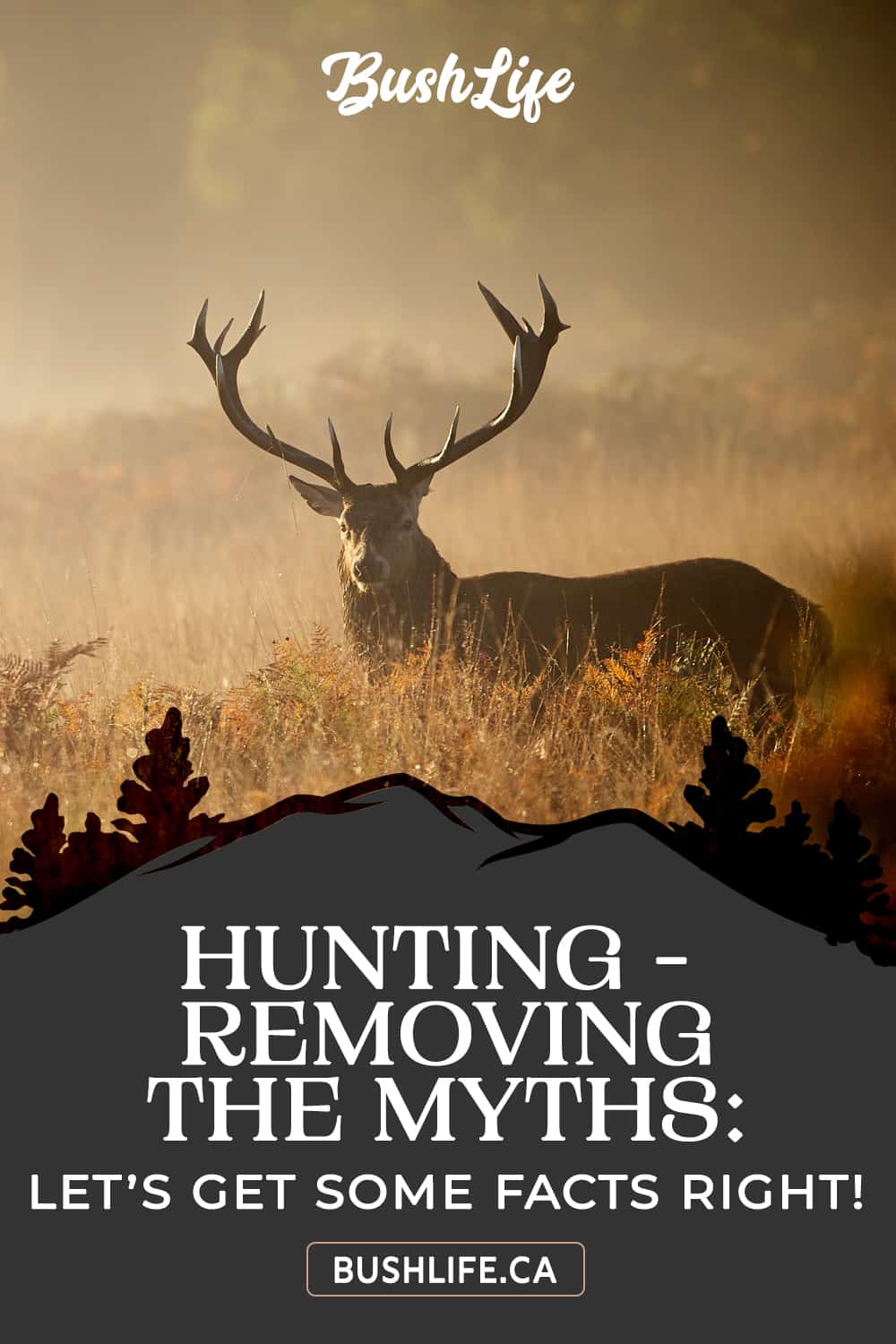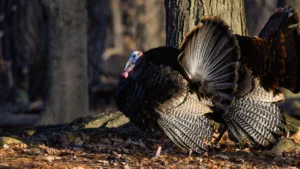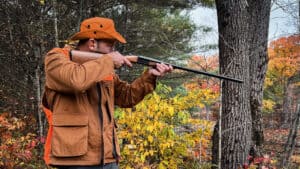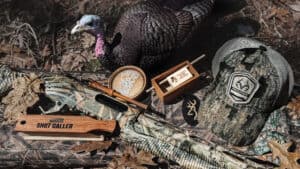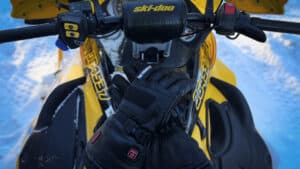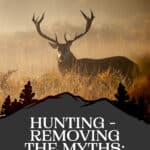Have you ever seen children play hide and go seek?
Silly question, of course you have. What you probably didn’t know is that they are hunting! Hunting – Removing the Myths will set the record straight about what hunting is really all about and why we should embrace an ancient tradition.
Discloure: Posts may contain affiliate links. Purchases made through our links result in a small commission to us at no charge to you. We only recommend products that meet our brand standards based on testing and first hand use by our authors.
A Brief History Lesson
Humans have been around for millions of years, 5 to 7 million to be exact. Farming hasn’t been around until around 12,000 years ago. In other words, we were all nomads for millions of years moving around searching for food. No different than animals today, we ate what we could kill or what we could forage. Hunting is an ancient tradition and we wouldn’t be here today without it.
There’s a reason we don’t have to teach kids how to play hide and go seek. Nor is it a surprise it’s so fun and exhilarating for them. It’s because it’s programmed into our DNA from millions of years of experience. That same feeling exists in adults, it’s primal and there’s nothing wrong with it as its very natural. For many, it’s even a way of life.
There is however a big gap between hunters and those that despise hunting. So Hunting – Removing the Myths is here to remove a lot of the misinformation circulating about the state of hunting. Here’s where it gets really interesting.
Our Current Food Chain
Animals raised for meat are brought up fat and stupid. Get them ready and out the door. Unless we buy organic, they are also getting hormones and antibiotics and are often in a cage and/or poor conditions. They are often killed with a nail gun to the head, but no-one sees that.
Attention to our organic shoppers, got some bad news for you. Certain meats sold as “antibiotic free”, only needs to be antibiotic free for 90 days. The cow receives injections for years and 90 days before slaughter, they stop dosing just to charge more for the steak. You better learn your terms because as the laws catch up to stop misleading labelling, the food sector seems to come up with something new.
But things get even worse… Coming from the restaurant sector, I can share a little known secret called “the pump” and that is the level of water processors inject into meat so it weighs more. Nothing like charging customers for meat and selling them water in the process. This water is often laced with salt. For “smoked” meat you are typically getting liquid smoke whatever that is supposed to be.
The hunter on the other hand harvests wild meat. This is fresh, free range, organic, hormone and antibiotic free meat. In Ontario anyways, the hunter must harvest the meat because it is illegal to take game and waste it! Not to mention the hunter gets a little more exercise and fresh air than the guy at the grocery store.
The hunter can even argue that the land the grocery store is on took away some animal’s habitat. So who’s the bad guy now?
Further Reading: A Guided Duck Hunt: The Easy Way to Learn Hunting
The Hunter Helps the Ecosystem
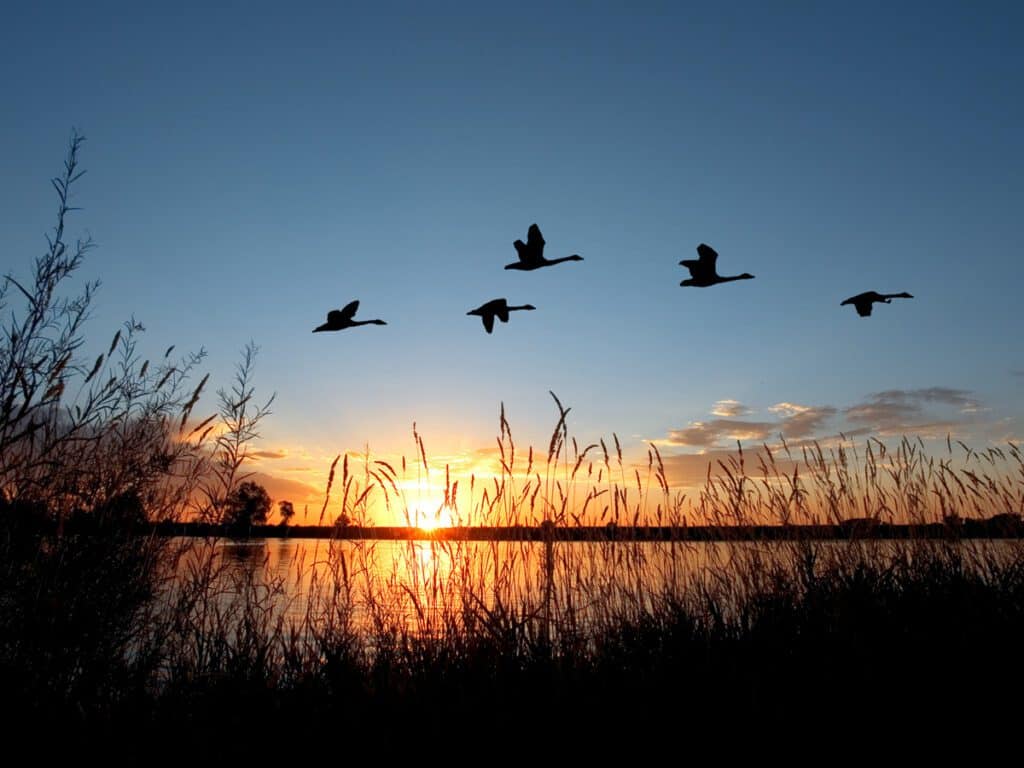
Yes, you read that right, the hunter really does help the ecosystem. There’s a beautiful article from Ducks Unlimited that covers how hunters are some of the largest contributors to not just hunting but all around conservation since 1937. If that’s not enough the US Fish and Wildlife Service starts their Hunters as Conservationists article with “Hunters are among the most ardent conservationists around”. That’s quite the statement coming directly from the US Federal Government. There’s a point to this, you’ll find internationally that the hunter’s mindset is quite nature and conservation oriented.
The Hunter Practically Works for the Government…
Hunting in Ontario is governed by the Ministry of Natural Resources. It’s a government arm that spends an insane amount of time and money on research. It’s also the same body that sets daily and possession limits on the number of animals a hunter may harvest. These limits have a basis on how many animals a certain habitat can sustain and it’s set by regions called wildlife management units. It’s also based on whether any animal in the food chain is in shortage or overpopulation. In other words, the MNR uses hunters to keep the various populations of game in check, meaning balance in the ecosystem and healthy wildlife levels for generations to come.
The general public has no idea for example that if there are too many deer in a certain area, there is only so much food to go around to support them. That leads to wasteful death when their food supply runs out towards the end of winter. Very little deer, on the other hand and an overpopulation of coyote spells disaster for the species. The hunter becomes the lawful and responsible equalizer and all under strict government control – based on government research.
There seems to be this stigma of the hunter being a drunkard running around the bush and shooting guns like Rambo at poor wild animals. It’s absolutely absurd and far from the truth. Hunters are far more educated about wild animals and preserving them than those who criticize them. I should also mention that it is by law that they receive this education.
Hunter Credentials
If you want to hunt in Ontario, you must pay and take a course. Specifically the Ontario Hunter Education Program. You get a book 190 pages long which you better know for your test and you need to spend a full day in class and pass your exam at the end. You then need to get your license in person at a main branch of Service Ontario. Here you will pay more fees for your actual license. I know because I went through it last December and the fees are put to good use, right back towards preserving the very game being hunted.
In class, they don’t teach you to pull a trigger, instead it’s a stern and repeated warning that you better do it safely and humanely. The bulk of the learning is about ecosystems management, habitats, game identification, how to harvest and field dress, understanding the regulations, etc. To become a hunter, you almost have to become a biologist.
Hunting with a gun? That’s a whole other blog post. The skinny being another 391 page book, a very long day in class, fees, final exam and lengthy application process straight to the RCMP and their Canadian Firearms Program with you guessed it, more fees. Whether you even own a gun or not, having a gun license means a criminal record check every morning.
In Canada, there is no “cleaner” or more responsible group than your lawful gun owners as none of them have any criminal record of any form, period.
Further Reading: The Dos and Don’ts of Hunting Safety
Safety
There are 430,000 hunters in Ontario with a license. In the last decade, there have only been 90 incidents which is an average of 9 a year. Looking at sports injuries by activity yields some interesting numbers. If you extrapolate the data to cover 430,000 people, baseballers would have 688 injuries per year. General exercise coming in much worse at an astounding 2279 injuries. These are some staggering figures about how safe hunting has really become: About 7x safer than baseball and 25x safer than exercise!!!
The Ontario Federation of Anglers and Hunters is another great resource. They are instrumental in putting together and coordinating the Ontario Hunter Education Program.
Hunting – Removing the Myths
Fishing is abundant and not really criticized. It’s a double standard but I get it, killing a slimy, stinky fish versus Bambi is going to evoke different emotions in different people. Maybe the Bambi lovers never saw Finding Nemo.
What I can say is hunting is not going anywhere any time soon so let’s understand the hunter. The hunter must also understand the non-hunter and be sensitive to the fact that it’s not for everyone.
I find it very hypocritical to see all the comments online about shooting at “poor wild animals”. No I’m sorry but there is a difference between the perception of shooting versus harvesting an animal. According to Statista only 6% of the population in Canada is vegetarian and only 2.2% are vegan. That means in light of such low numbers, odds are extremely high that the very people complaining about the hunter eats meat themselves. They just don’t have the decency to do their own dirty work.
All I want to do, is educate people that the modern hunter is responsible and ethical. In fact it’s a requirement of the law and punishment for violating any part of it is severe. Including jail time! So we need to trust that the system works, as it has been for many years. Oddly, its actually one of the few times we can say “the system works”.
Advice to Newcomers
Without a hunting license, you can’t legally hunt anything. If you are on the fence, find a buddy that hunts and tag along one day. If you don’t know anyone that hunts, try a guided hunt as an observer. By the end of the hunt, you’ll know if it’s for you or not.
You can certainly hunt by bow, you don’t need guns. It’s just a lot harder as you have to call the animals in closer. I can’t say I’ve done it but the thought of standing in front of a 1200 lb moose ready to charge – and with a bow of 1 shot doesn’t sit well with me. At least not yet. Point being is a newbie to hunting can get through the hunting class and licensing fairly quickly with nothing stopping them from getting a bow.
When it comes to guns, it’s a long road to get your license so start now! If you are on the fence, again, I highly suggest you find a friend with a license. You can shoot legally without a PAL (possession and acquisition license) under the direct supervision of a PAL holder. Have your licensed friend take you to a gun range where you can safely try it. It’s going to be exhilarating, terrifying or both but you’ll know right away if its worth the process for you.
I hope you enjoyed hunting – removing the myths. Hunting and guns can be very safe and even inexpensive. It can also provide a new challenge or element to your outdoor lifestyle. Just like fishing, you can get back to your roots and be a factor in the food chain rather than a consumer.
Enjoyed this post? Subscribe to our newsletter for more tips and updates!
Bookmark this post on Pinterest for future reference!
